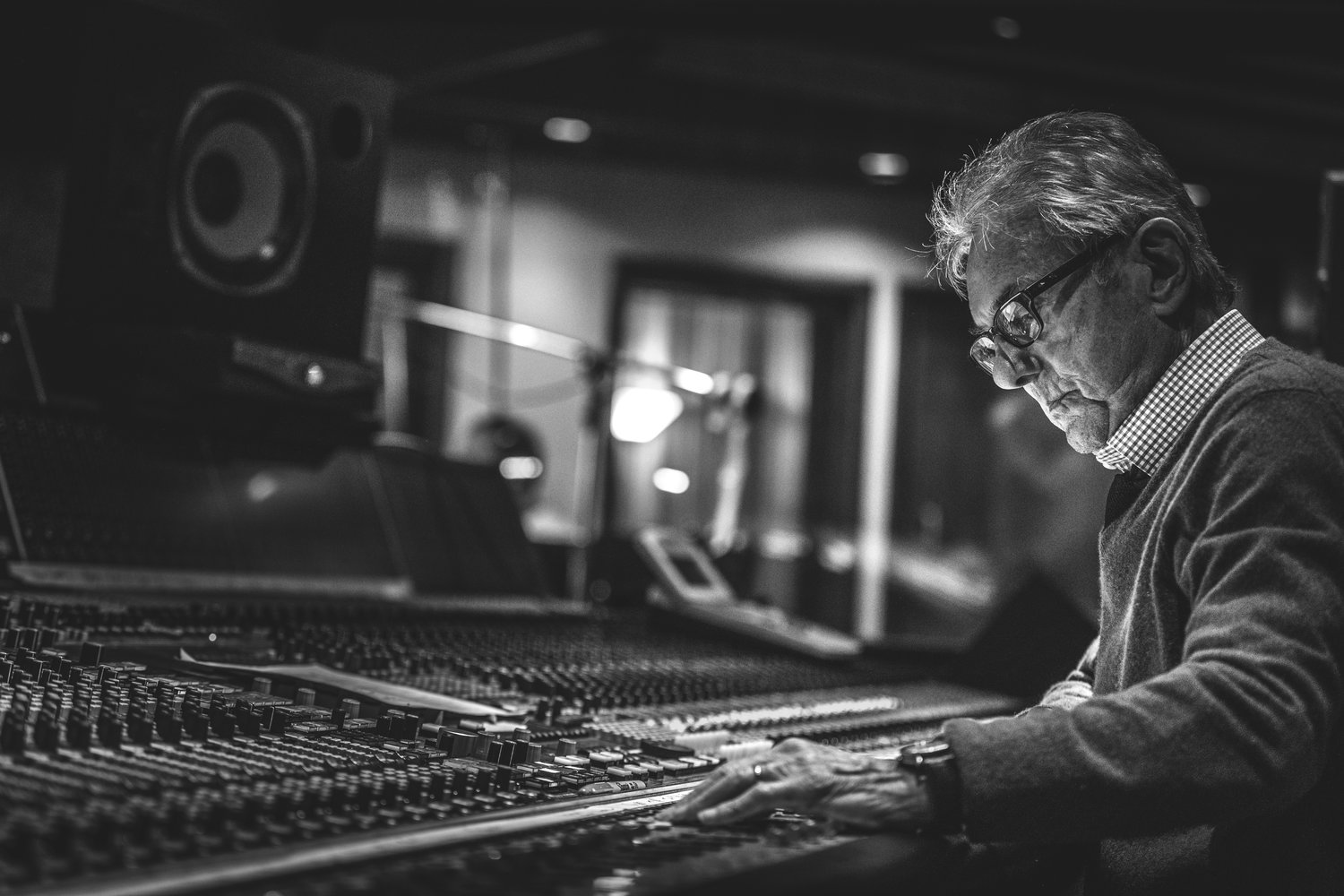Years ago my friend and mentor, Richie Becker (Fox Sports, Mixed Nuts) once said to me, “remember when the candy was what came out of the speaker and not the speaker itself?” It was a telling statement for any era. Richie told me stories about being taught to listen when he first started in audio. He’d be tested on everything he’d heard; from the triangle buried in the symphonic mix he was assisting on a week ago to how the drums were mixed; listener POV or drummer POV. As the mesmerizing stories rolled out one after another, one thing became poignantly clear: he was taught, tested and trained to identify the sound of everything from the orientation of instruments in a band to the sound of the expresso machine around the corner from the lobby. The level of detail he was able to discern and recall was astounding.
Once at Howard Schwartz Recording in NYC he was called back to fix a “pig noise” in a mix he just finished. The client heard what they thought sounded like a “pig snorting” in the 90 second jingle. Richie says, “come on, let’s see if you can hear the pig in my mix!”….and belly laughs like Santa Claus. I was still in college and Richie was kind enough to mix our A Capella group’s album. I had no idea where the pig was and honestly could not even tell what the client was referring to. The mix was clean and clear with many sound effects, a voice over and music as well. Smooth and clear, to the point and all around a great jingle. Richie on the other hand listened to it twice and said, “It’s not a pig, it’s half muted alarm clock!” He is a big personality and everything he said was like an expletive or exultation! He’d found an automated mute that cut off an alarm clock in mid-ring and in the mix it sounded like a baby pig squeal. In two passes he’d found the problem just by listening critically and translating what the client said cross referenced with his mix. Amazing.
Mick Guzauski brought his speakers for a ZR Live! event here in MDR featuring his Guzauski-Swist Monitors. Room tuning in ZR rooms is primarily laser measurements to create physical location accuracy, then critical listening by ear for phase, imaging and LF response, assuming the speakers are in good working condition and have the same response left and right. (which is not always true) Mick and I used unmastered mixes he’d just finished of Daft Punk, Dre and Stevie Wonder. With a GUI on his laptop jacked into a USB port on his DSP crossover box for EQ and myself physically time aligning the speakers on the ZR wall in 1.16 inch/ 1 degree increments, Mick was making 1/16 db changes in seconds. Literally seconds. He would play 5 seconds of a track and make an an adjustment. Another 5 seconds of listening and a quick adjustment. He listened faster and more accurately than anyone I’ve ever met. Of the 20 minutes we room tuned together, 5 minutes were spent making miniscule adjustments (1/16 db tweeks) and then 15 minutes of listening to tracks and talking about how Mick made the transition from large format consoles to in-the-box mixing. That’s a whole other story for another day.
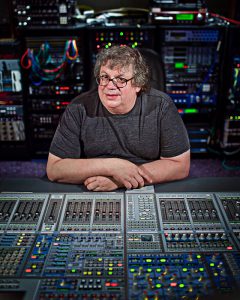
The most important tool we have isn’t a console, waveform editor or killer pair of speakers; it’s our ability to Listen Critically. The human ear’s ability to hear micro-dynamics, tiny changes in phase and all the minutia of a complex sound is truly astounding. Time and time again, the Golden Ears who have the ability to Critically Listen and consequently mix, master or track sound with that knowledge, have been the frontrunners and leaders in audio. Once at Westlake Audio Studio B we had an issue locking an X-86 to an external word clock. We had tried everything and it simply would not clock to anything but itself. I called Bernie Grundman up to ask how he dealt with the clocking issue as the final mixes were going to him for mastering. He said they had the same problem and asked, “how does it sound?” I said it sounded fine but that I wasn’t a mastering engineer and wasn’t qualified to make that call. He laughed and said “Your ears are fine. If there’s no snats and it plays without audible issues, send it our way and we’ll check it out. If the tempo and speed are good then it’s more about how it sounds than if the machine can lock to word clock.” It’s all about what we hear and how we learn to hear all the different elements of sound to the Nth degree. After all, we make the music for people, so people should like how things sound.
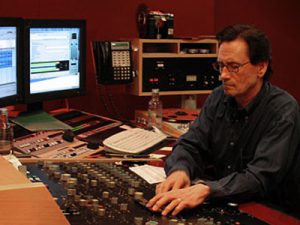
As technology advances at a blinding pace with audio electronics nearly following Moore’s Law at as steep a curve as computers, it’s important to remember Richie Becker’s words. “the candy is the thing coming out of the speaker.” Content is the focus of everything we do in audio and acoustics. If the sound effect, song, score or track sounds phenomenal and adds to the experience, then we’ve all done well. Electronics has permeated human culture deeply. Like most tools, it can be used for the good, the bad and the ugly. Electronic devices are a man-made tool which should be unnoticed in the final sound so that the Content can tell it’s story.
Acoustics is a thing of nature. It is an element of the natural world which exists whether or not mankind ever existed. It was around before humans and before electronics, and will still be here after we’re all dead and gone as a species. Therefore, it exists all around us, and inside our ear canals, our resonant skull, the tiny resonances which occur in the cells of our bodies and in the proteins which we smell. Acoustics + Electronics have become a new field of study which we call Electro-Acoustics. It is exactly what it sounds like: the science of sound made by electronic transducers. Everything we hear played out of a speaker, headphone or earbud is Electro-Acoustics. It is a complex and multi-faceted field. That being said, pure Acoustics exists everywhere. The obvious areas are where there is air. As humans we hear via air carrying sound energy. We also feel sound which is called vibration. Vibration is energy travelling through a solid object like metal, glass or wood. An earthquake is largely vibration but can secondarily cause a great deal of noise as well. Basically there is a great deal of sound and vibration in our world. Even underwater, sound travels in water like air, just at a different speed.
As electronics has become such a ubiquitous part of our world, consequently so has Electro-Acoustics. While it is as not a omnipresent as pure Acoustics, it is widespread very much in cities and even in human culture across the globe. Take all the complexities of electronic transducers (earbuds, headphones ,speakers) and mix that with the complexities of pure Acoustics. Welcome to a world of uber-complex Electro-Acoustics. As with many things understanding as much as possible helps create, innovate and solve challenges. This means understanding electronics deeply and acoustics in great detail. The world is louder than ever. Just like our ipods, pandoras and spotifys we want it loud when we want it loud, soft when we want it soft, and clear with great detail all the time. Basically we want it all, all the time, anywhere. To make this happen in the real world we need great understanding of electronics and acoustics and the ability to create solutions with material science, innovate design and precise manufacturing.
The key to this process is the ability to hear what is really happening: to discern between a fairchild compressor and inner ear compression. To hear high end rolloff in a star-quad mic cable vs. spit on a mic capsule. To distinguish between good mic placement and delay created by electronic phase control. To discern when a speaker is fatigued vs. having increased viscosity in one’s inner ear fluid. To know the difference between sounds in the content vs. an acoustical anomaly in the room. The list goes on and on. This is why Critical Listening is a learned skill which takes a great deal of practice. (and a good ear)
Susan Rogers once told me a fascinating statistic. She’s been studying Berkelee students who have been consciously writing, playing and listening to music since the age of 4 or 6, essentially from a very young age. They all have a markedly better ability to distinguish tiny differences in pitch, amplitude and tempo than an average person who listens to music for pleasure. She said the difference is that all these students were listening in a different way; with great intent and purpose. They were practicing scales, perfecting technique and working on pieces for live performance or recording sessions. This focused level of attention with a cause and effect purpose results in a 20 yr. old with fine tuned listening skills due to at least 14 years of dedicated ear training.
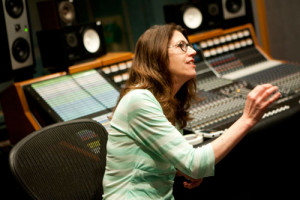
No matter how much technology helps us, Critical Listening is still the greatest tool any of us can have. The human experience of listening makes the human input on the creative process that much better. Or in some cases that much worse! Let’s hope it’s mostly for the better. Again it’s a tool for the good, the bad or the ugly.Of course having people such as Susan Rogers teach us how to listen helps a great deal. Often in our industry it’s a trial by fire in the trenches of studio work.
I remember seeing a Neve console for the first time. It was impressive visually and kinesthetically. A 72 input VR Series with Flying Faders and plasma VU/PPM meters in the Michael Jackson room at Westlake Audio (Studio D). LED’s everywhere, longer than a car and made the entire room nice and warm thanks to the heat it put out constantly. Bruce Swedien was tracking MJ and was running the control room like a military comedy show. He was exacting in his methods yet funny in this jolly way and his swedish accent made everything even funnier.
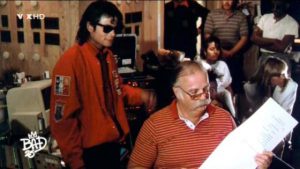
Thanks to the unwavering and relentless pursuit of audio perfection by these Golden Ear individuals do we see first hand how Critical Listening can truly benefit the world at large. It changes the very nature of how we create and enjoy music and sound. As technology in acoustics and electronics continue to evolve and innovate, we support the hard working Golden Ears of the business and every generation in their pursuit of audio excellence. We are all students and all teachers. As a gesture of thanks and to support the continued excellence of acoustics and audio in the world, please remember to share your knowledge and experience with others for the benefit of the community, however you choose to define your community.
With great appreciation to the Golden Ears, all our teachers and everyone who shared a great story and knowledge.
Peace, – Hanson Hsu
